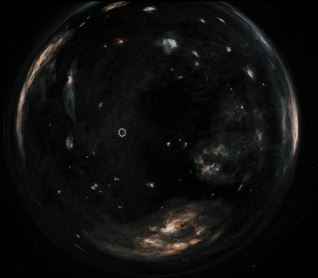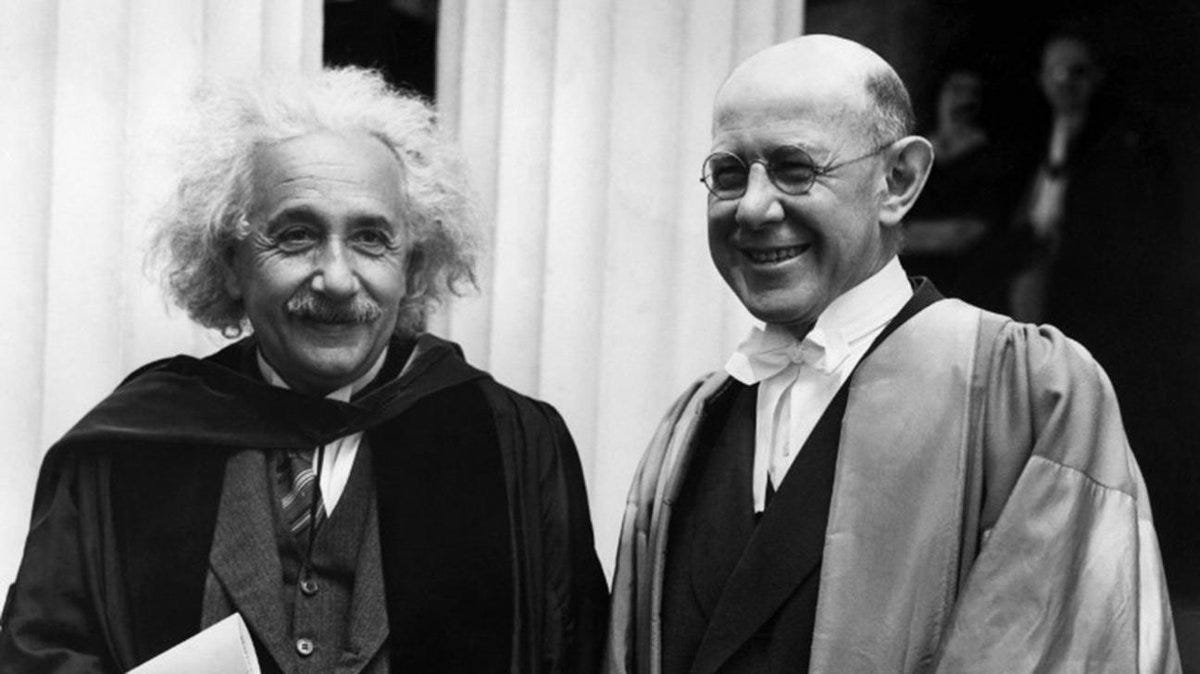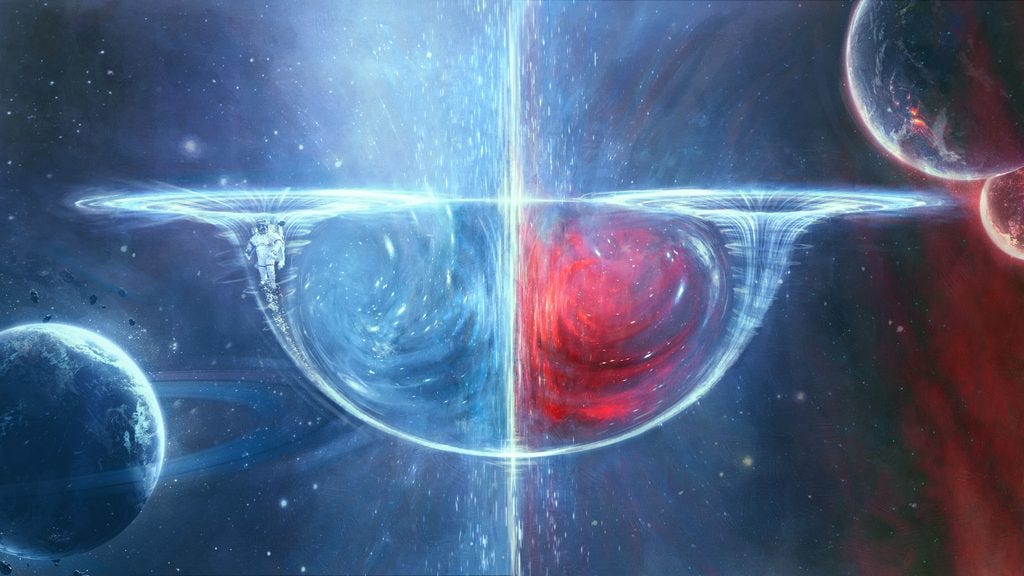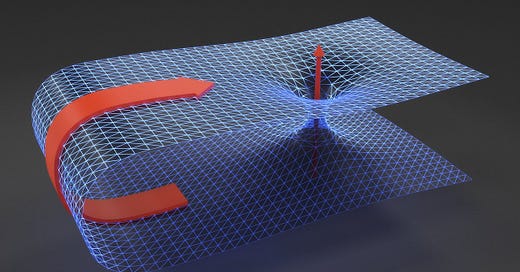Greetings, fellow scientist.
When you trust the universe, you get to play in the magical world of God’s Plan. - Debbie Ford

Moving around the solar system takes days to the moon, months to mars, years to outer planets, and decades - one or two to Pluto. If we want to visit other stars, every way we know to get there exceeds the human life expectancy. The fabric of spacetime restricts us from traveling faster than a certain critical value, the speed of . We are nowhere near that limit.
So, what is the way to shorten that journey?
You'd have probably heard of Wormholes in some sci-fi-like Thor, Interstellar, and Star Trek1. It comes up all the time in science fiction. So, can we say that people are done with Blackholes, it’s time to move on to Wormholes. Also, some people think that perhaps the other side of a black hole is a wormhole.

What are Wormholes? Are there any shreds of evidence or conjectures which support their existence? Whether the time travel is possible or not?
What are Wormholes?
A Wormhole is a speculative structure linking distant points in spacetime.
A wormhole could connect extremely long distances such as a billion light-years or more, short distances such as a few meters, different universes, or different points in time. It is based on special solutions of Einstein’s field equations in the General Theory of Relativity.
According to the General theory of relativity, gravity is a consequence of the curvature of space-time fabric; the astronomical objects are simply sliding along this fabric. If we think of space and time as a fabric, then we can distort the fabric with the force of gravity which is called the distortion of the space-time continuum.

Imagine our universe as a sheet. If we want to travel from point A to B then we have to traverse the full length of the sheet to get from A to B. We want to do that before we are dead.
What we can do is, we can wrap or bend (distortion of space-time continuum) the sheet and open up the holes from one side to the other. Hence, the two points are now closer in this dimension and if we travel this resulting tunnel or the Wormhole, we will be able to travel all that distance in almost no time.

The no time part depends upon the fact that how much we bend the space. If we bend it a lot, we can instantly pass the doorway and if we bend a little less, then it will take us a little longer.
Note that in all the cases we are nowhere near the speed of light, yet we have gone across the other side through our wormhole.
The Birth of Wormholes - Einstein-Rosen Bridge
One of the earliest pieces of evidence about the existence of Wormholes was the idea that if a black hole absorbs everything that comes near it, so where does everything that enters a black hole go?
Black Hole mathematics provides us two solutions to the equation. One of them absorbs everything and the other emits everything. Something that emits everything is termed as a time-reversed black hole or a White Hole.

If these two astronomical objects (the black hole and the white hole) are connected, what can act as glue? The connection is through a wormhole or by a throat, earlier known as an Einstein-Rosen Bridge, as this theory was put forward by Albert Einstein and Nathan Rosen.
“Time travel used to be thought of as just science fiction, but Einstein’s general theory of relativity allows for the possibility that we could warp space-time so much that you could go off in a rocket and return before you set out.”
- Stephen Hawking

Do wormholes actually exist?
NO. Studies have revealed that the configuration of matter and energy to create a hole after a collapse (like a black hole collapsing on itself to form a singularity) is unstable.
In other words, we can have a stable black hole distorting the space-time fabric but the wormhole geometries are inherently unstable because it has to actively hold itself to remain open. If a wormhole breaks up or collapses, then we will leave our universe, never to return. The only material that can be used to stabilize them against pinching off is the material having negative energy density, known as Exotic Matter.

All forms of matter familiar to us have positive energy density. Thus, no classical matter can do this. This left us with the idea that wormholes are may be hypothetical. Moreover, there’s a major flaw in this whole theory yet developed.
Between the time of wormholing, Earth would have moved into its orbit. So, if we could have time traveled back by the Wormholes, we would be landing in a vacuum of space and hence we would all die.
Thus, we can’t travel back to the same space from where we left. It again rules out the possibility of the existence of macroscopic wormholes.
It appears unlikely that nature allows the existence of wormholes. There is great uncertainty in the arguments to allow theoretical physicists to continue studying this odd and intriguing aspect of space-time. It is fun cinematically to portray and time travel through them but nobody has yet seen a wormhole, nor are we certain that they exist.
What we only know is they seem to show up when we do calculations and that is why many physicists suspect that they might actually be out there in the real universe.




Superb
Beautiful explanation...great